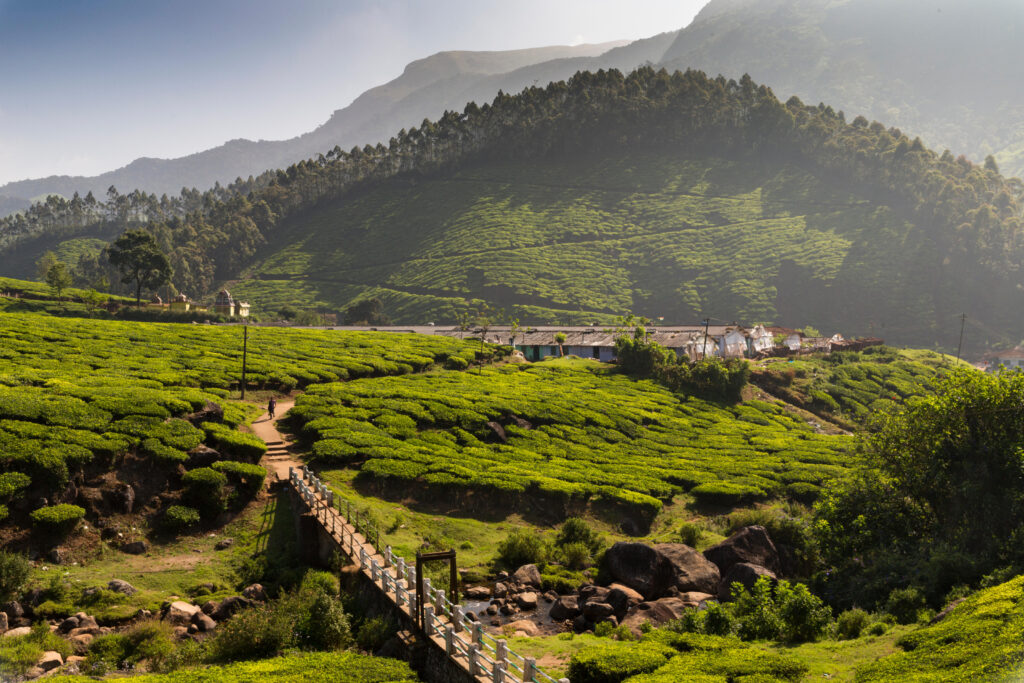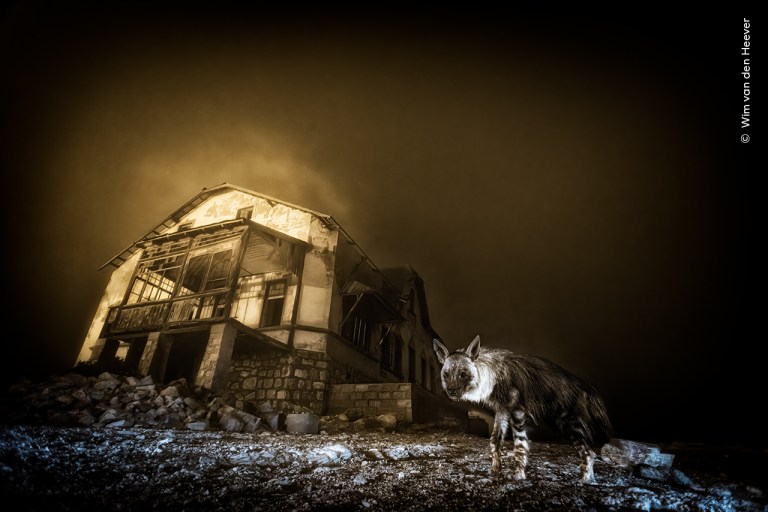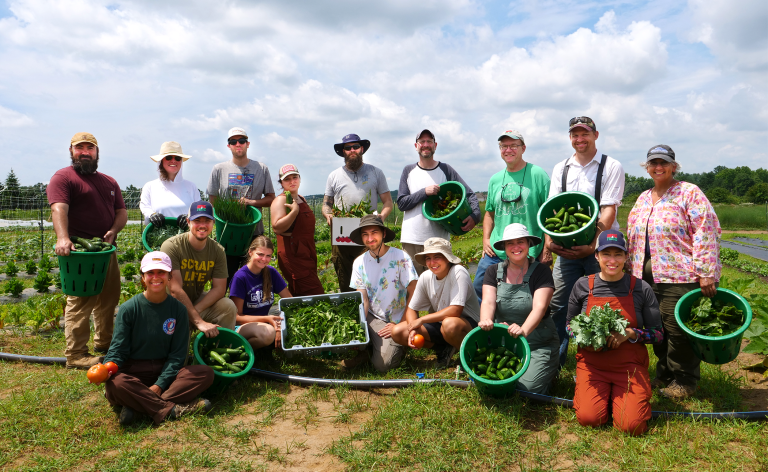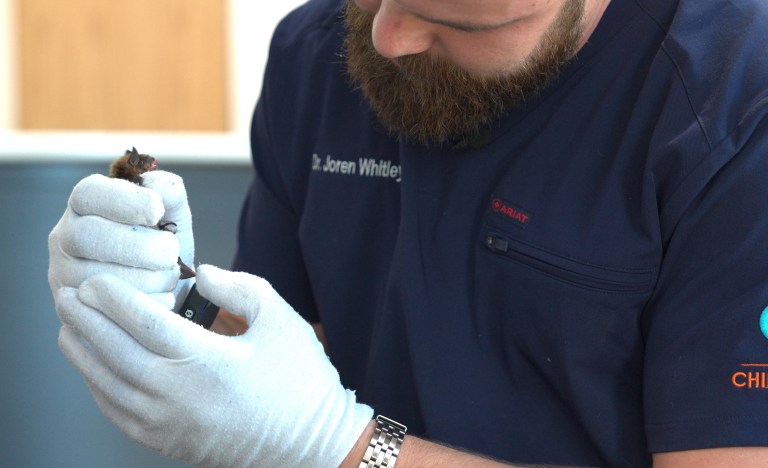In Kerala, India, a previously neglected river that was biologically “dead” has since been revived, thanks to the combined efforts of the state government, a village council, and the river’s surrounding communities.
The Kuttamperoor River, a 7.4-mile tributary of the Pampa and Achencoil rivers, had long been a life-sustaining source for drinking water, irrigation of paddy fields, work for hundreds of fishermen, and transport of goods, The Hindu reported in April. That was, until years of pollution, encroachments, and neglect took their toll. By 2005, the river had “died a slow death” as its flow width had vastly dwindled from around 330 feet to under just 50 feet in some areas. The situation was so dire that wells dried up at numerous points.
Fast forward two decades later: the Kuttamperoor has expanded to almost 165 feet — around the width of a football field. Per The Hindu, the remarkable transformation was first embarked upon in 2011, although it would take another five years to get the project truly moving.
“I never thought Kuttamperoor [would] come to life again,” a man named Rajeevan, who grew up near the river, said in 2017, per The Hindustan Times.
Roughly 700 villagers devoted approximately 30,000 hours to the initial cleanup of the river, according to Good News Network, which involved removing entangled aquatic weeds and man-made waste in two months. This initial phase was led by Budhanoor panchayat, per The Hindu.
The Kerala government then took over, and via its Major Irrigation Department, proceeded to remove encroachments, deepen the channel, and construct embankments. Landowners along the river cooperatively provided some of their land for the purpose of supporting the renovation efforts by expanding the river’s banks.

Nowadays, freshwater fish have since been spotted in the Kuttamperoor once again, and officials anticipate that the river’s remarkable restoration will help control flooding and boost tourism in the area.
“When water scarcity turned unbearable, we decided to revive the river. Initially many discouraged us saying it was a mere waste of money and energy,” said Budhanoor panchayat president P Viswambhara Panicker, The Hindustan Times reported. “But we proved them all wrong.”

Similar efforts have also been directed toward other major rivers of the world, like India’s Ganges and the Thames in England. The organization RhineCleanUp — devoted to the cleanup of Europe’s rivers — first turned its attention toward the heavily-polluted Rhine in 2018. It has since expanded, tending to the restoration of 21 others, and has to date collected more than 1,000 tons of garbage.
RELATED: Formerly Toxic Wasteland Transforms Into a National Park After Decades-Long Effort
According to the organization, plastic waste in the planet’s oceans will be more plentiful than the fish population by the year 2050, and they estimate that 8 billion kilograms are being dumped every year. The group decided to focus its environmental restoration efforts on rivers due to the fact that 70% of the plastic in oceans arrives there via rivers.

Just this month, the Port of London Authority launched the Clean Thames Manifesto, which is a “large-scale project to clean up the River Thames in London,” according to the BBC. The group monitors the condition of approximately 95 miles of the Thames. As part of the project, three major water companies have pledged to accelerate their work to meet specific pollution targets. Port of London Authority Chief Executive Robin Mortimer acknowledged that while the group has made “much progress” in recent years, “much more still needs to be done.”
But that progress is both undeniable and inspiring. The Independent reported in April 2022 that the Thames is considered to be “one of the world’s cleanest rivers” — a particularly remarkable feat given that 60 years earlier, it was declared “biologically dead” by scientists. This is proof that there’s hope yet for not only Kerala’s Kuttamperoor River, but also for the planet at large.












